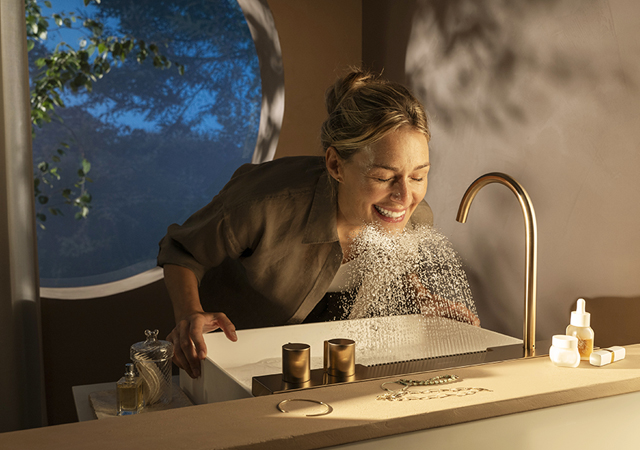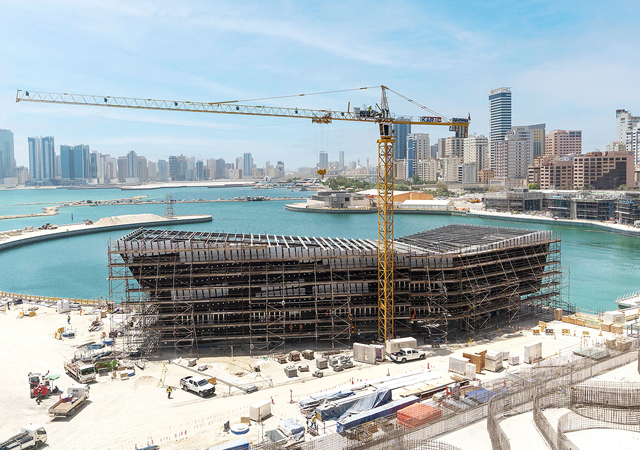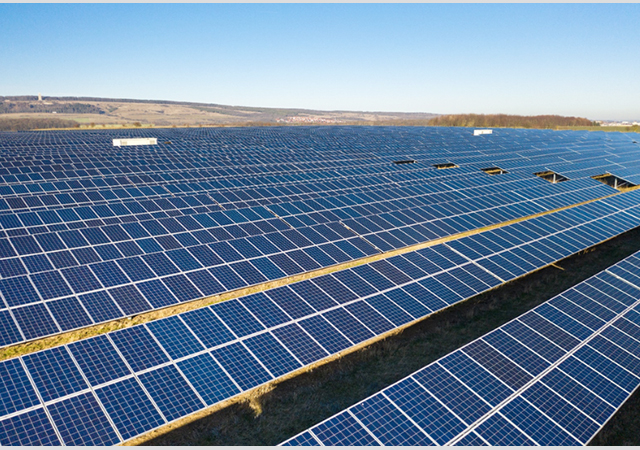
.jpg) Architrave beads ... create a clean division between varying wall finishes.
Architrave beads ... create a clean division between varying wall finishes.
ALL developers want to ensure a trouble-free handover, with a delighted client who is impressed with the professional and quality finish delivered. The need to revisit once a sale is complete adds to the cost of a new build, takes time and impedes good relations with the client too.
 |
A neat, crisp and professionally-finished interior is the ideal for any developer – whether the project is residential, commercial or mixed-use. Yet often, time constraints and budget limitations mean that sub-contractors look for shortcuts to help save time and money. Visually cracked or crumbling plaster caused by joints or reveals that have dried out in extremes of temperature or humidity may alert a client to further potential problems within the development, so it is important for the developer to ensure that the desired level of finish is specified in detail.
By its nature, plaster is susceptible to damage and is vulnerable to cracking while it dries out. Utilising strong and rigid plasterer’s beads aids application, in the first instance, and also helps prevent cracking later on, ensuring a professional and long-lasting finish.
 |
|
Standard angle beads ... provide true and straight corners. |
Examples can be seen across the region in a number of varied applications including the Environmental Laboratory Building at Ras Laffan, the Al Waijba Palace, Qatar Foundation’s central energy plants and the Administration for Private Affairs office, all in Qatar. In Dubai, developers of the Emirates Towers, Capricorn Tower, numerous villas on Palms Island, and residential developments within Dubai Marina complex have all achieved excellent plaster finishes through the use of Catnic’s bead and mesh products.
There is a huge variety of such products available, with a choice in terms of quality and price. This means that choosing the right plasterer’s beads is not always straightforward. Where due consideration is not given to the type and quality of bead needed, there is the risk of an untidy finish, unnecessary damage either during construction or following handover and expensive repair costs as a result. On the other hand, the right bead will protect the edge of the plaster, preventing it from chipping, cracking and impact damage on corners, edges, joints and arises. It can be installed very quickly using either nails or plaster dab.
 |
While the presence of a bead will enhance the overall and long-term appearance of a wall’s finish, it is not desirable for the bead to be visible once the plaster is installed. A high-quality bead will help ensure the correct level of plaster is applied to the wall, thus achieving a smooth finish that fully covers the bead.
Straightness is also important. A strong, robust and very straight bead will ensure a clean straight edge can be achieved. Selecting a product that is manufactured from a thicker gauge of steel will ensure straightness and rigidity.
While quality of the product is vital, it is also important to ensure the right type of bead is selected for the application in hand. There is little point in choosing high-quality beads that are not designed for the particular interior application as they will not achieve the desired results. Internally, galvanised steel beads should be used although PVC and stainless steel can be used, depending on the environment and wall finish. For internal applications specifically, the most common wall finish is dry lining and, for this, it is necessary to select a bead specific for dry lining usage such as Catnic’s dry wall angle bead. Likewise, there are beads specially designed for use with wet plaster and external render applications.
.jpg) |
uPVC plaster stop beads ... used on door and window openings, base of the wall ceiling level. |
In normal circumstances, matured internal plasterwork may be regarded as dry and, therefore, non-corrosive. Any risk of corrosion of a galvanised bead is normally only apparent during the initial plaster drying out period, which should be kept to a minimum. For this, care should be taken onsite to ensure that the metal beads are kept dry and distortion is prevented during storage and handling. In addition, care should be taken to prevent mechanical damage to the galvanised coating. In hot conditions where heavy condensation, persistent damp or regular exposure to moisture is likely or in external applications, stainless steel or PVC beads should be used instead.
 |
The cost of snagging is a serious issue for any property developer. Carrying out repairs not only involves time and money but it can also impact on reputation too. By taking some steps to ensure the best quality is achieved – such as by selecting the right products for an internal finish – the result will be a long-lasting, damage-resistant job where the client is happy and more likely to commission repeat work in the future.
Catnic, a Tata Steel enterprise, was established in 1969 in the UK. The company conceived, developed and pioneered the steel lintel designed for the house building industry, and soon won a major share of the UK market. Today, it is recognised as a leading brand in the building products sector offering a range of products including steel lintels, building components and fence support systems (QwikPost).
Other projects in the region that have recently used Catnic’s bead and mesh products are at Al Khor Park, Leigh Beach villa, EPIC West Bay Side new roads, and Kahramaa GTC2 project in Qatar.











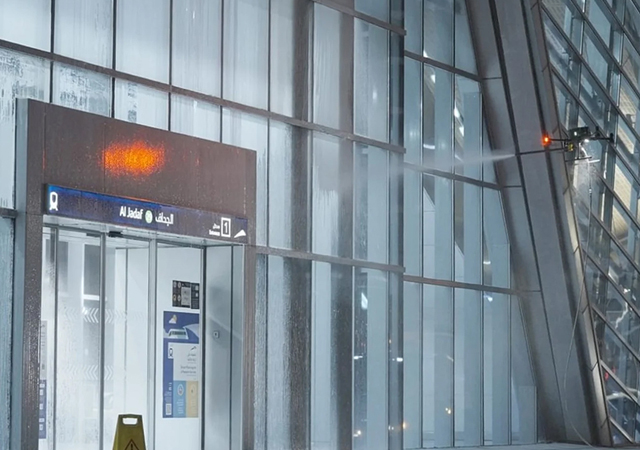

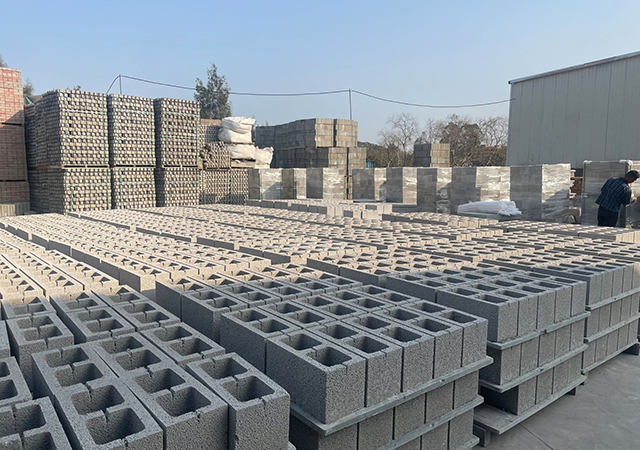


.jpg)
.jpg)
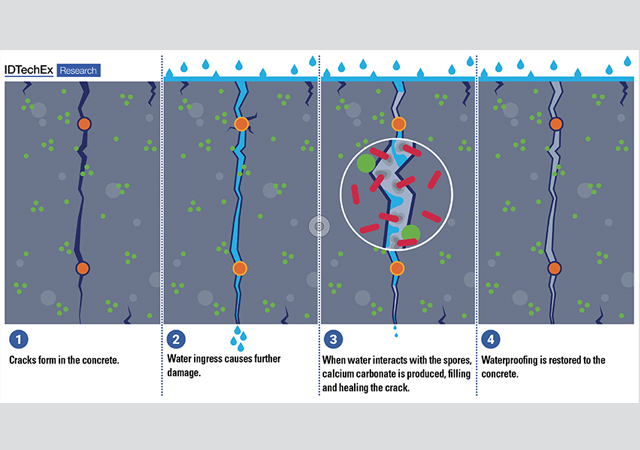
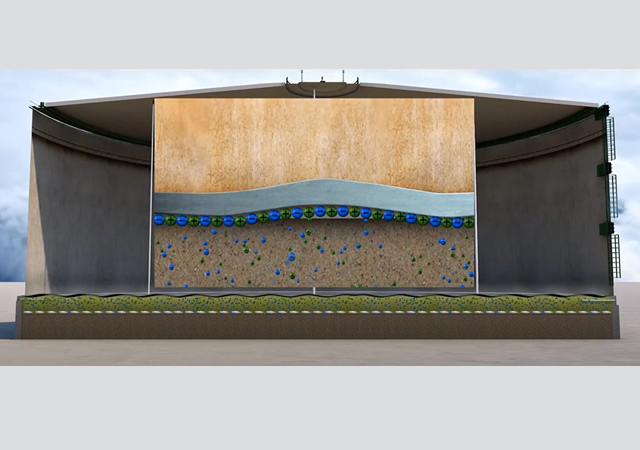
.jpg)
.jpg)
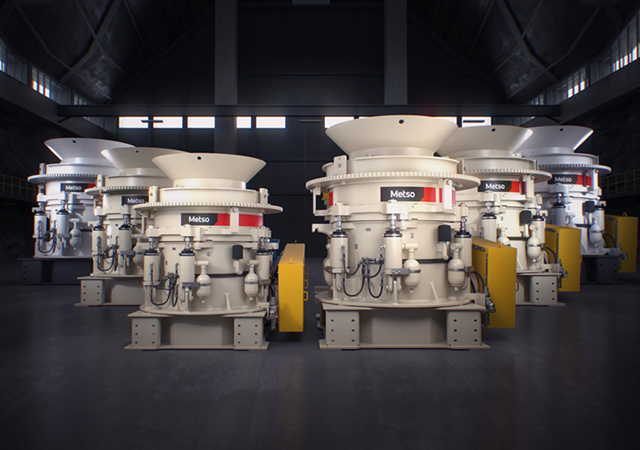
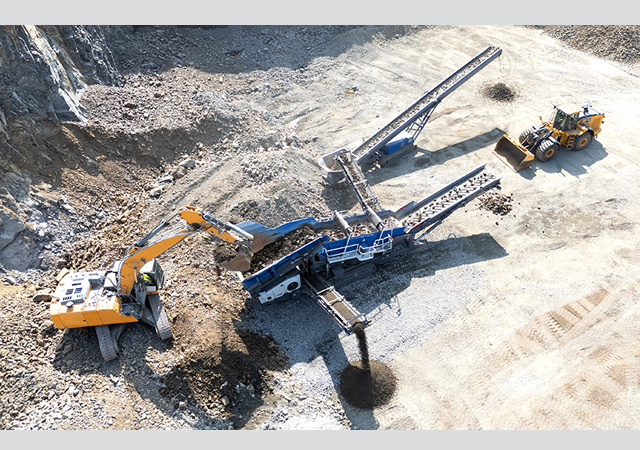
.jpg)
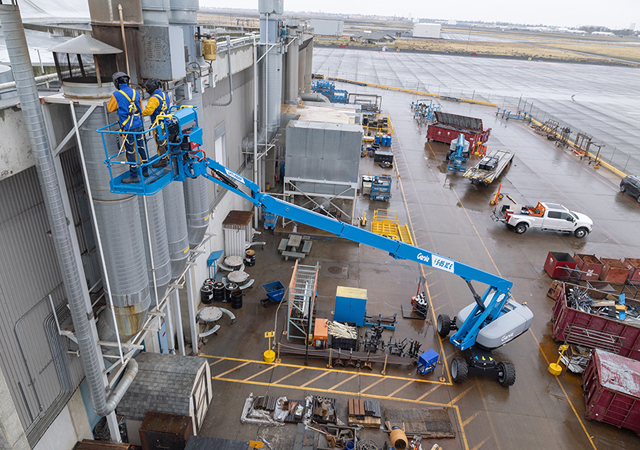

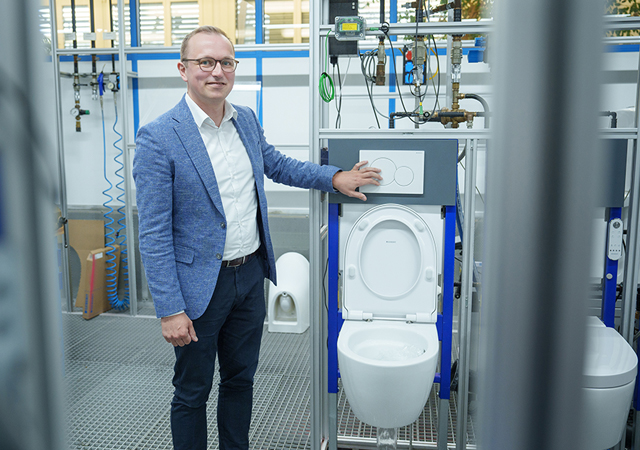

 Doka.jpg)
